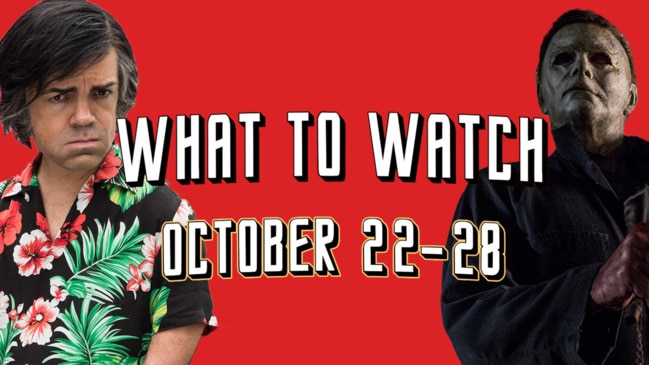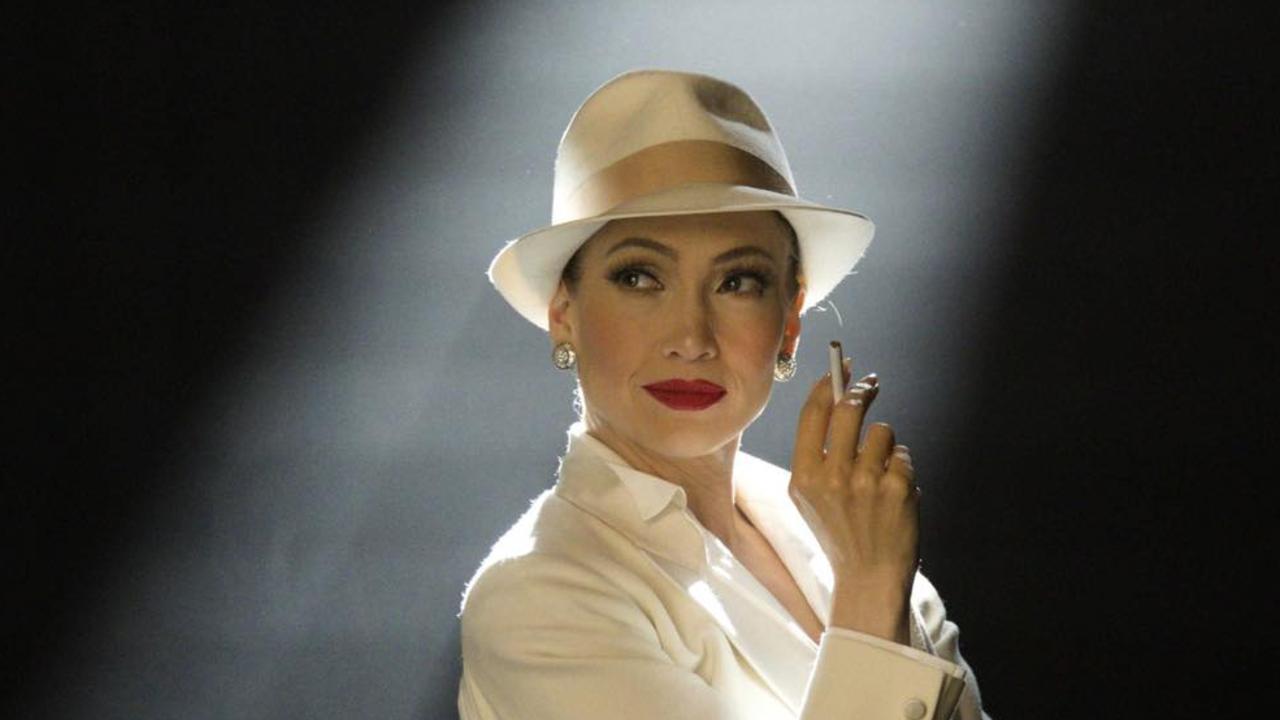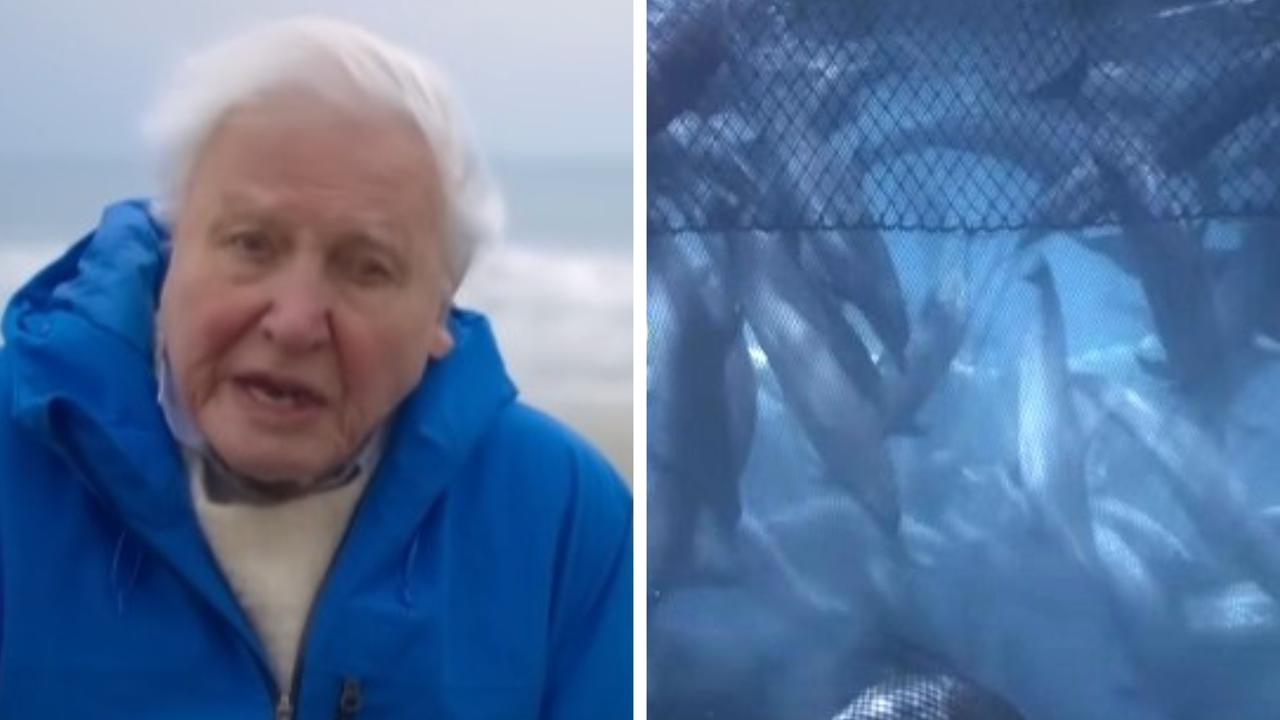Halloween taps into the original for old-fashioned scares and chills
WHO needs fancy computer stuff when the classic techniques are just as effective in terrifying you at the movies. Be prepared to clench that armrest.
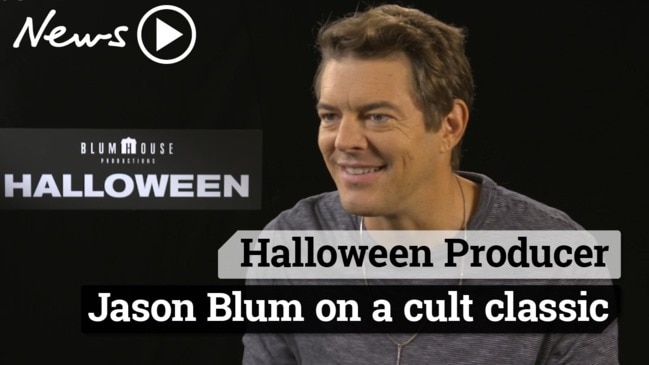
THERE’S something in how Halloween villain Michael Myers moves — this unthinking, lumbering shape that just ploughs on, no matter how many knives or knitting needles you stick in him.
It’s terrifying because he’s seemingly unstoppable. He won’t respond to pleas for mercy, compassion or logic. He just exists, with no discernible backstory or motivations.
It’s tempting to link Myers to social anxieties in a divided world — he could easily represent whichever side of politics you’re opposed to, an unstoppable force that defies reason. But you could also just view Myers as text — as a physical manifestation of pure evil.
By retconning the entire franchise back to the original 1978 Halloween, effectively wiping out 40 years of story and mythology, the new Halloween (which, yes, confusingly shares the same name as the John Carpenter original), has inextricably connected itself to its idea that Myers can’t be explained.

It undoes any backstory subsequent writers have assigned to Myers over the years — that he’s secretly heroine Laurie Strode’s biological brother, that he had been verbally abused by his sister Judith — returning the character back to its primal state.
It’s an effective choice because that unknowableness is what makes him terrifying. You don’t want to empathise with a sociopath, especially a preternaturally strong one in his mid-60s, when he’s on his murderous warpath.
Halloween embraces the simplistic fear of the original and crafts a 40-years-in-the-making follow-up that will scare the crap out of you. And it’s already made $100 million in the one week since its US release.
After his babysitter-killing rampage in Haddonfield, Myers has been locked up in an institution for four decades. He’s not uttered a single word in that time.
Around the time he’s set to be transferred to another facility, a pair of true crime podcasters visit Myers, hoping to tell his story. When they’re unsuccessful, they approach Laurie Strode (Jamie Lee Curtis), the sole survivor of the 1978 attacks.
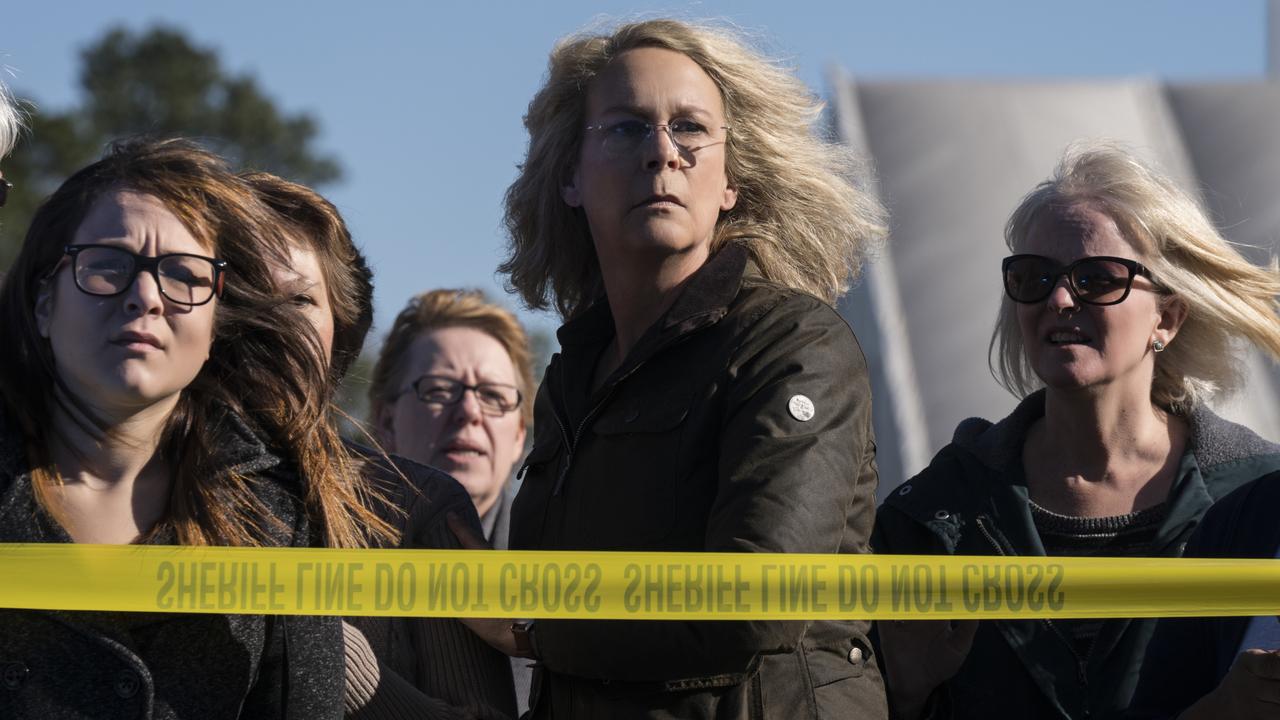
In the 40 intervening years, the PTSD-affected Strode has become paranoid and stubborn, preparing for what she thinks is Myer’s inevitable return. Her house is a doomsday preppers-style compound, decked out with a bunker, countless assault weapons and other traps.
The discordant sound of her barbed gates opening and closing is brutal to the ear and indicative of the hard life Laurie has lived.
Her trauma has defined her, and it has affected her relationship with her daughter Karen (Judy Greer), who she trained as a kid and then lost custody as a result, and she has two failed marriages under her belt. Because of her strained relationship with Karen, she can’t see her granddaughter Allyson (Andi Matichak) as often as she’d like.
Of course, Laurie is right and Myers escapes during the prison transfer (it’s always the prison transport!) making his way back to Haddonfield on Halloween night for a final, bloody confrontation.
MORE: Jamie Lee Curtis interview on the set of Halloween
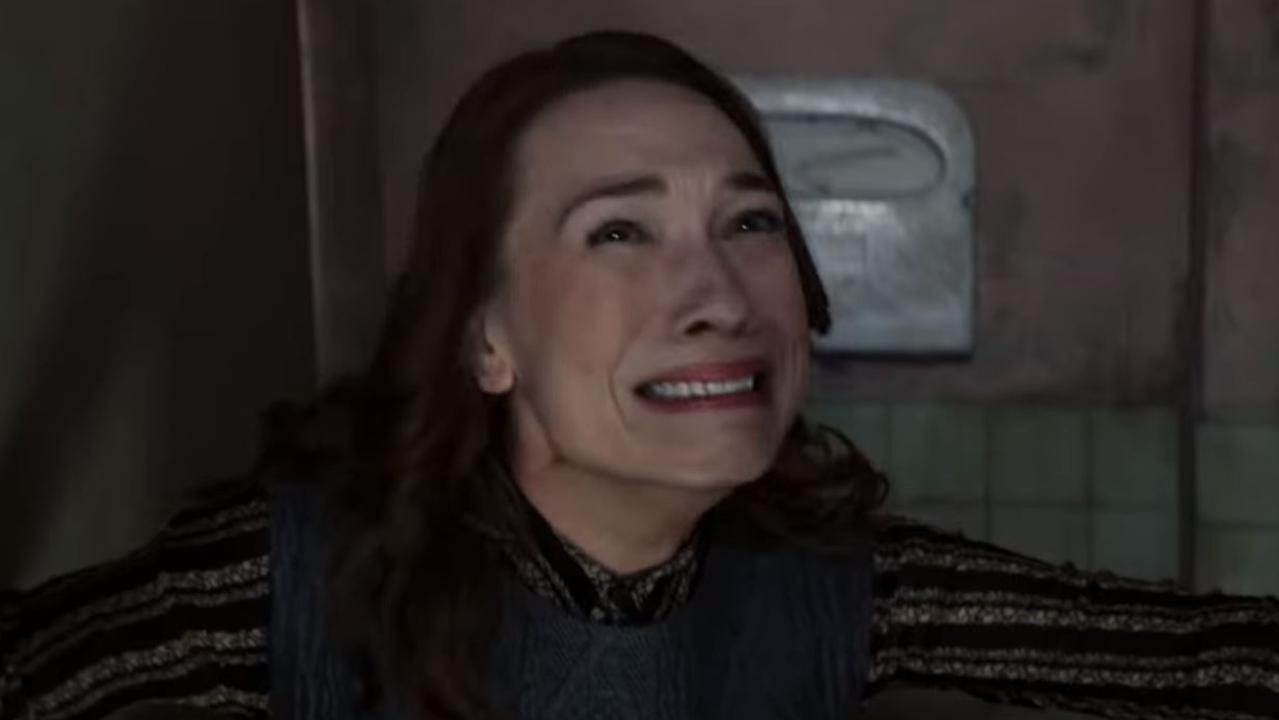
Halloween was clever to draw as much from the original film as it did and by going back to basics in telling this self-contained story, one that mimics its predecessor in so many ways, it’s able to tap into that well of goodwill.
The David Gordon Green directed film is not perfect — sometimes it’s consciously cheesy and it didn’t need those podcaster characters.
You don’t need to have seen the first movie, recently or ever, to appreciate this one but you’ll definitely get more out of it if you have.
It relies heavily on that first movie from the opening credits to the familiar strains of the score to the many times it recreates actual shots from Carpenter’s movie. Though it often subverts or reverses those recreations to great effect — don’t be surprised if everyone else in the audience cheers.
Much has been made about what Halloween says about the effect of trauma, not just on the person but those around them. And sure, those elements are there, but it’s not a movie that’s too concerned with deeper meaning.
Mostly it just wants to scare you, make you jump and give you an old-fashioned, frighteningly good time. In that, it succeeds.
MORE: Halloween producer Jason Blum on why people pay to be scared
Rating: ★★★½
Halloween is in cinemas now.
Share your movies and TV obsessions with @wenleima on Twitter.
